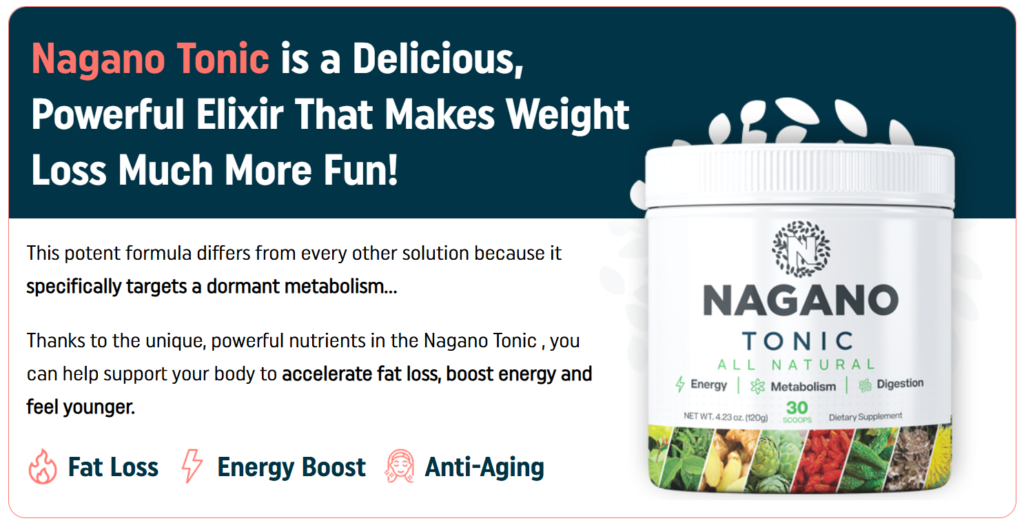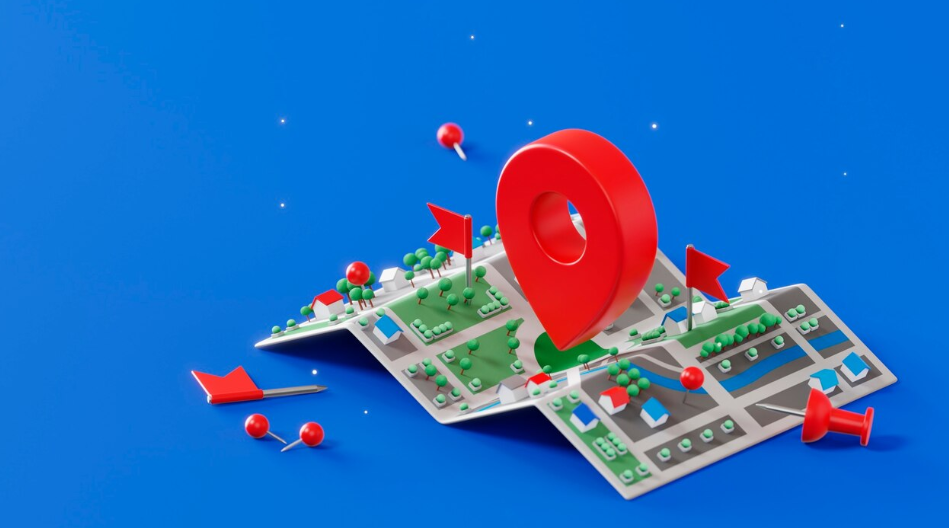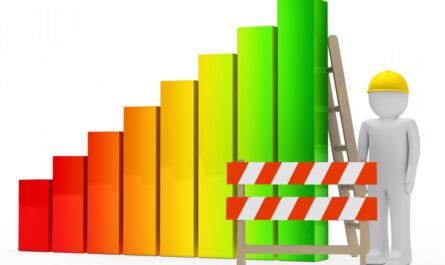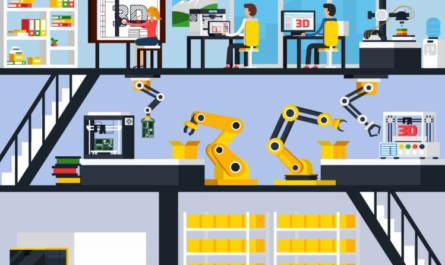When it comes to setting up a successful manufacturing unit, the planning and design of a factory can make or break your productivity, efficiency, and compliance. While it’s easy to get caught up in machinery selection or workforce hiring, the foundation of operational excellence lies in the blueprint — literally.
Whether you’re establishing a new facility or revamping an existing one, there are crucial factors that influence how well your factory performs. A well-designed factory doesn’t just house machines — it enhances workflow, ensures safety, saves energy, and supports future scalability.
In this blog post, we’ll walk you through all the key factors you must consider for good factory planning and design. If you’re a plant manager, industrial engineer, entrepreneur, or simply someone curious about how factories are set up — you’re in the right place.
1. Location and Site Selection
Let’s start with the obvious — location. The site of your factory plays a significant role in its success.
Key Considerations:
- Proximity to suppliers and markets – Reduces transportation costs.
- Access to utilities – Power, water, gas, and internet availability.
- Transport facilities – Roads, railways, ports, and airports nearby.
- Environmental factors – Soil conditions, flood zones, seismic activity.
- Government regulations – Zoning laws, industrial development incentives.
- Availability of labor – Skilled/unskilled workforce nearby.
Choosing the right location not only helps with logistics but also ensures sustainability in the long run.
2. Factory Layout Planning
Once your location is finalized, the next step is the internal layout — how you arrange spaces and machinery within the building.
Types of Factory Layouts:
- Product/Line Layout – Best for mass production of similar items.
- Process Layout – Flexible for varied tasks and batch production.
- Fixed Position Layout – Ideal for bulky products like ships or airplanes.
- Combination Layout – Mix of two or more layouts for hybrid efficiency.
Factors to consider:
- Material flow – Should be logical and unidirectional.
- Minimize material handling – Less distance means less cost and time.
- Worker movement – Efficient layouts reduce fatigue.
- Future expansion – Allow room for new machinery or processes.
The goal is to reduce bottlenecks and optimize space while maintaining safety.
3. Building Design and Structure
The factory’s physical structure should be robust, flexible, and functional.
Key Design Elements:
- Structural integrity – Should withstand environmental conditions and operational loads.
- Ventilation and lighting – Proper natural light and airflow enhance worker productivity and reduce electricity bills.
- Height and floor load – Depends on machinery type and material flow.
- Roof design – Should allow insulation and protection from leaks.
- Waste disposal systems – Built-in drainage, ducts, and treatment facilities.
Materials like steel, RCC, and pre-engineered structures are common choices. Your design should also consider aesthetics without compromising utility.
4. Utilities and Services Planning
A factory needs uninterrupted utilities to function smoothly.
Plan for:
- Electric power supply – Capacity, load distribution, emergency backup.
- Water supply and treatment – Both for production and sanitation.
- Compressed air systems – For pneumatic equipment.
- Heating, ventilation, and air-conditioning (HVAC) – Especially in climate-sensitive industries.
- Firefighting systems – Sprinklers, extinguishers, hydrants.
Utility layout should be easily accessible for maintenance and inspection while being safely tucked away to prevent disruption.
5. Safety and Legal Compliance
No design is complete without ensuring worker safety and legal adherence.
Compliance with:
- Factories Act and local building codes.
- Fire safety norms as per NFPA or BIS.
- Environmental clearances – Waste management, emissions control.
- Occupational Health and Safety (OHS) – Ergonomic designs, hazard zones.
Design safety features:
- Emergency exits and signage.
- Fire-rated walls and doors.
- Protective fencing and guardrails.
- Spill containment areas.
- Noise and dust control systems.
Ignoring safety during the planning stage can result in costly penalties and dangerous workplace incidents.
6. Material Handling and Storage Systems
Efficient material movement is the lifeline of any factory.
Key Focus Areas:
- Design of loading/unloading docks – Easy access for trucks and forklifts.
- Material handling equipment – Conveyors, cranes, AGVs (Automated Guided Vehicles).
- Warehouse design – Racks, bins, temperature control for sensitive items.
- Inventory segregation – Raw material, finished goods, waste, and rework areas.
- Flow paths – Avoid overlap between pedestrian and vehicle movement.
A seamless material flow reduces delays, damage, and human error.
7. Scalability and Flexibility
The only constant in business is change. Good factory design must be future-ready.
Considerations:
- Space for adding production lines.
- Flexible utility and ducting systems.
- Modular workstations.
- Extra load-bearing in slabs for new equipment.
- Expandable control rooms and offices.
Think of your factory as a living organism — it should grow and adapt with your business needs.
8. Energy Efficiency and Sustainability
Sustainable design isn’t just a trend — it’s a necessity.
Energy-saving ideas:
- LED lighting and motion sensors.
- Solar panels on rooftops.
- Natural ventilation and skylights.
- Heat recovery systems from exhausts.
- Rainwater harvesting and greywater recycling.
Not only does this reduce your carbon footprint, but it also brings long-term cost benefits and brand value.
9. Office and Administrative Spaces
Factories aren’t just machines and workers — they also house people who manage operations.
Design essentials:
- Manager cabins and administrative offices.
- Conference rooms and training halls.
- Locker rooms and washrooms.
- Cafeterias and recreational areas.
- First-aid rooms and wellness zones.
Well-designed office spaces contribute to better decision-making, employee well-being, and professional image.
10. Automation and Smart Factory Infrastructure
In the era of Industry 4.0, factories need to be digitally enabled.
Planning for:
- Sensor-based monitoring systems (IoT).
- Digital dashboards and SCADA.
- Wi-Fi and LAN network points.
- CCTV and access control systems.
- Smart lighting and climate control.
Whether it’s predictive maintenance or energy monitoring, automation must be integrated into your planning stage to avoid retrofitting later.
11. Waste Management and Environmental Controls
Factories produce waste — but managing it responsibly is part of good design.
Include:
- Designated zones for hazardous and non-hazardous waste.
- Effluent treatment plants (ETP) or sewage treatment plants (STP).
- Emission control devices like scrubbers and bag filters.
- Noise dampening zones.
- Green belts around the facility.
Complying with pollution control norms is not just a legal requirement but also part of ethical business practice.
12. Ergonomics and Worker Comfort
Don’t underestimate the power of a comfortable working environment.
Ergonomic planning should include:
- Height of workbenches.
- Anti-fatigue floor mats.
- Seating arrangements for long shifts.
- Noise insulation in high-decibel areas.
- Proper lighting for precision tasks.
Happy workers are more productive, have fewer accidents, and show better retention rates.
13. Traffic Management and Internal Roads
Factory premises see movement of people, goods, and vehicles daily.
Planning must cover:
- Separate pathways for pedestrians and vehicles.
- Signage and speed control zones.
- Turning radii for large trucks.
- Parking lots for employees and visitors.
- One-way systems to avoid traffic congestion.
Efficient traffic management improves time efficiency and safety.
Final Thoughts
Planning and designing a factory is more than drawing walls and installing machines. It’s about creating a system — a machine of machines — where everything is engineered for speed, safety, sustainability, and scalability.
From site selection and layout to automation and ergonomics, every decision plays a role in the factory’s success. Skipping or rushing through these steps can cost you big in the long run — not just in money, but also in productivity, safety, and morale.
If you’re on the path to building a factory or revamping one, take a strategic, step-by-step approach. Involve planners, engineers, safety experts, and even your frontline workers during the planning process. Their insights will help you create a facility that’s not just compliant but truly world-class.
Want more insights into factory operations, industrial safety, or manufacturing strategies? Stay tuned to this blog for expert tips and real-world examples that help your factory thrive.
Have questions or experiences to share? Drop them in the comments below — we’d love to hear from you.
🔁 Readers also enjoyed these blog posts:
- Safety Management’s Role: The Unsung Hero Behind Every Successful Organization
- Safety Management and Its Responsibilities: Protecting People, Preventing Hazards, and Promoting a Culture of Care
- Benchmarking for Safety Performance: A Key to Continuous Improvement
“Start Your Website Journey Today – Exclusive Hostinger Discounts!”
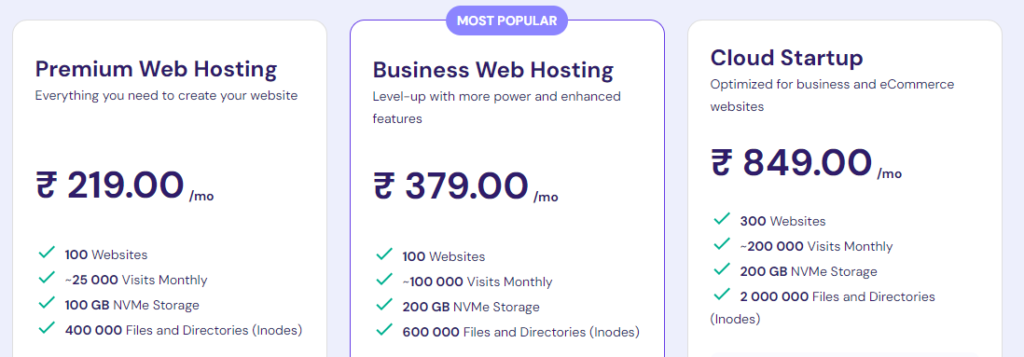
Turn Any Idea into Viral,
Jaw-Dropping AI Videos in Seconds!






